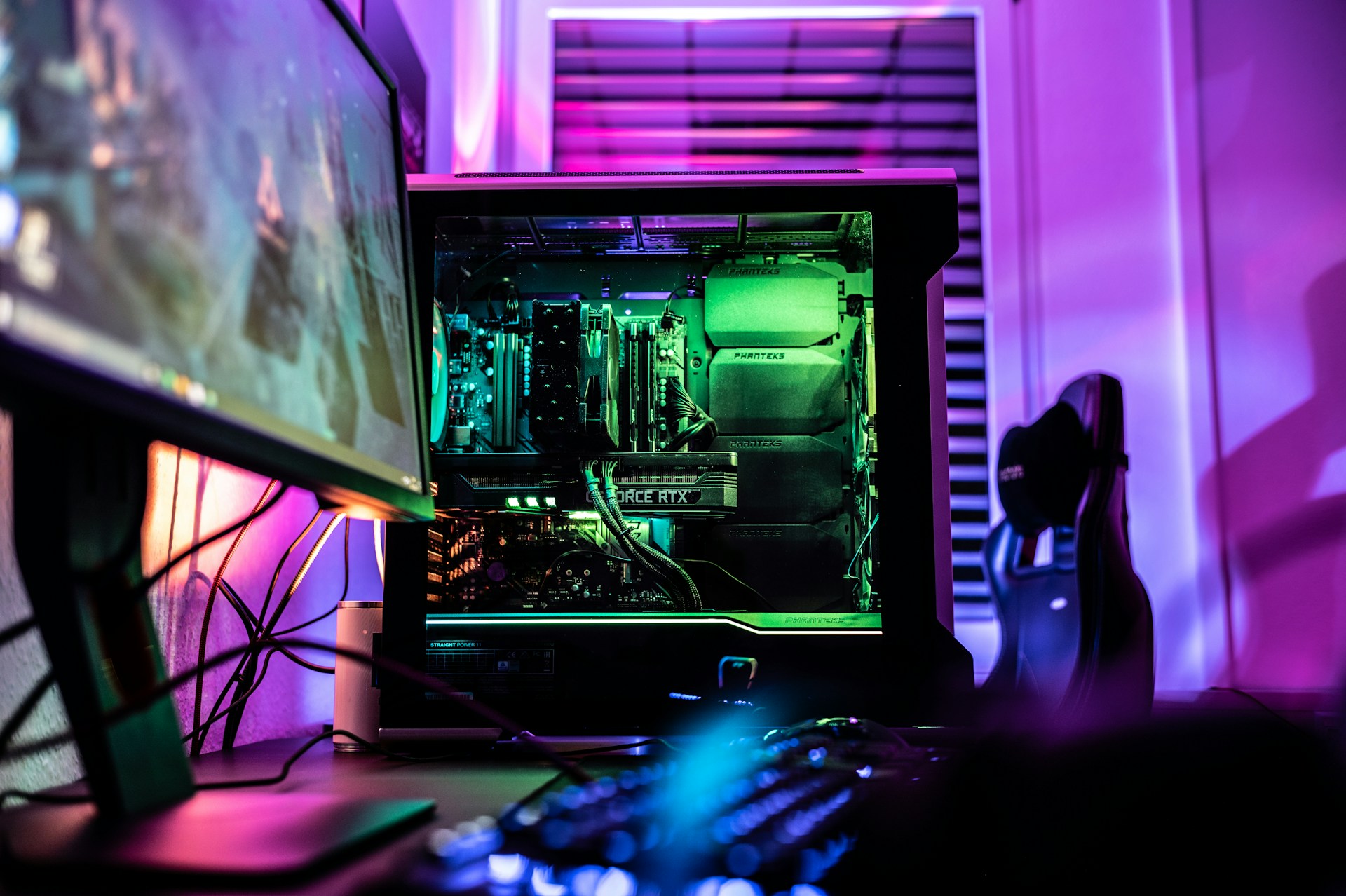Retail experiences are changing and so are retail technology solutions. This is largely a reaction to the evolving demands of the average consumer. Many shoppers now conduct a bulk of their purchases online, relegating retail and in-store experiences to more of a demo or showroom session.
People often visit a store to see a product in-person, or to discuss them with someone knowledgeable. Then, they return home and make their final purchase online either through the official retailer’s website or a third-party, such as Amazon.
What this means is that brick-and-mortar retailers need to step up their game to draw in customer interest, particularly when it comes to making purchases on-site. This is being achieved through the use of innovative technology.
1. Faster, Automated and Cashierless Checkout
Several new payment solutions have been introduced, many of which are designed to transform the conventional transaction process — especially for grocery stores. The key factor they all share is a combination of speed and convenience. How fast can we get customers through checkout?
Many retailers are not just allowing mobile and cashless payments at regular checkout lanes, but they’re also redefining the entire process. Walmart’s grocery service, for example, enables customers to purchase their order online, drive to a designated area at their local store and have their groceries delivered to their vehicle.
In other words, the customer never leaves their car and the whole situation is handled digitally.
Amazon has also entered the brick-and-mortar space with its Go cashierless stores.
We can all expect to see a lot more of this as the technology becomes increasingly powerful, capable and prevalent.
2. Augmented and Virtual Reality Experiences
IKEA’s Place app is incredible, and it uses augmented reality to enhance the mobile shopping experience. Anyone interested in a piece of furniture or featured item can see what it looks like in their home or personal space. The app displays the product with the help of the phone’s camera and AR tech.
This highlights a completely new realm of opportunity, particularly when it comes to presenting or demoing products. Retailers will begin using these technologies to offer unique, virtual and augmented experiences to customers. Imagine seeing what the walls of a home would look like with fresh paint. Consumers can experience firsthand what a product or service can do.
That’s exactly what VR and AR can offer, and the business world is starting to catch on.
3. Omnichannel Opportunities: Online Ordering, Free Delivery, Ship to Store
The premier example of an omnichannel experience is the option to buy products online and pick them up at a local store, or vice versa. It’s become so common across most major retailers that no one bats an eye when it’s available. Nearly 22.4 million consumers every year participate in the on-demand economy.
However common, we can look forward to the improvement of these experiences thanks to modern tech.
Mobile apps, robust customer data and digital in-store support will offer entirely new scenarios. Customers browsing items online or through a mobile app will be presented with or even approached by store reps who know what they’re looking for.
Where this will have the most impact is in customer service. Gone are the days where a shopper has to repeat themselves 30 times and be passed from rep to rep. The information is collected and stays with each customer throughout their journey.
4. Mobile Apps and Exclusive Functionality
Location services, indoor mapping, push alerts and notifications, robust user data and unique hardware — such as a front-facing camera or microphone — can now be utilized not just via mobile apps, but also in-store. Augmented wayfinding systems can help customers find exactly the department they need or even direct them to the closest bathroom.
Marketing and support is the obvious situation for using these features, but they can also be leveraged to create entirely new experiences. Customers walking by a digital advert station can be presented with a unique promotion or discount. People might be encouraged to play a game in-store, courtesy of a “Pokemon Go”-style app.
5. Advanced Analytics and Big Data
Data plays a huge role in existing and upcoming retail technology solutions. That’s because it has essentially become the new currency of business. Data can be leveraged to build predictive models, deliver more personalized support and care, find new opportunities, identify new demographics, highlight market trends and much more.
Few of these examples are particularly unique because advanced analytic solutions have been around for some time now. The real allure here, at least pertaining to retail, is how the information will be used to inform and enhance in-store experiences.
Customers walking by a display can be shown customized product recommendations. Others might see information about a product they’re interested in, or better yet, a product they recently bought.
Future Retail Technology Solutions
One thing is certain: The technology we have today has grown so powerful and capable that it’s completely altering the state of retail. That means there’s a lot to look forward to, as experiences are pushed beyond the boundaries of what was once considered impossible.
Recent Stories
Follow Us On
Get the latest tech stories and news in seconds!
Sign up for our newsletter below to receive updates about technology trends














